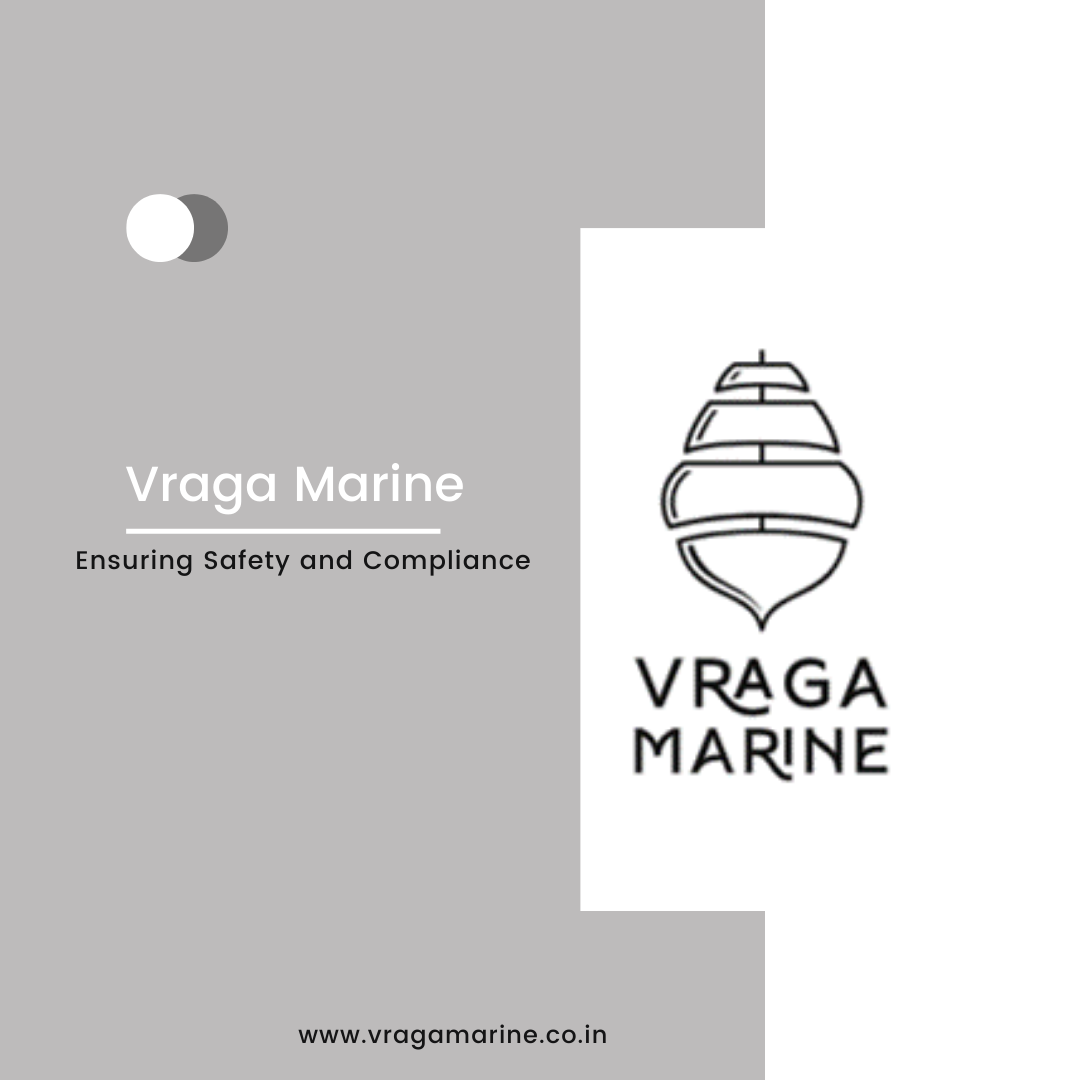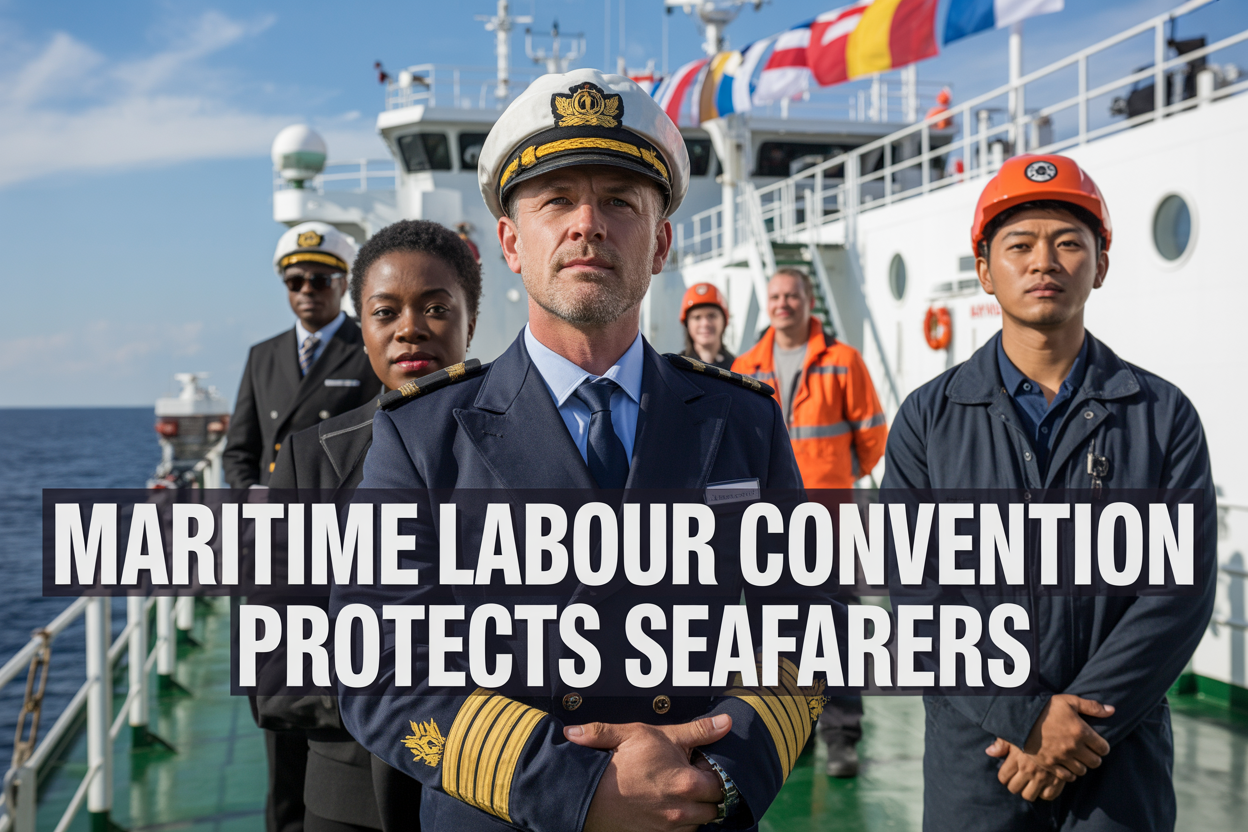Safety Culture Through the Lens of Modern Marine Education

In a recent World Economic Forum, Sundar Pichai remarked, “AI is probably the most important thing humanity has ever worked on. I think of it as something more profound than electricity or fire.” This bold statement invites reflection: Did the greatest tech innovators of our time foresee their transformative impact when they were young? The answer underscores a vital truth: the seeds of progress are sown early in education, shaped by culture, mindset, and opportunity.
As we advance deeper into the AI age, cultural values—particularly safety culture—must evolve to remain relevant. In industries like maritime, where operational lapses can have catastrophic consequences, fostering a strong safety culture isn’t just important; it’s critical.
The Vital Role of Safety Culture in Maritime Operations
Safety culture is more than a checklist of rules or procedures; it is a shared mindset that places safety at the forefront of every decision. In the maritime industry, where the risks are immense, a robust safety culture prevents disasters like the Exxon Valdez oil spill or the Costa Concordia tragedy. These incidents revealed deep-seated issues such as complacency, fear of accountability, and reluctance to voice concerns.
Even with advanced technology and regulations such as SOLAS and MARPOL, safety culture cannot be replaced. It is the foundation for:
Proactive Risk Management: Encouraging crews to anticipate and mitigate risks rather than react to incidents.
Open Communication: Fostering an environment where concerns are shared without fear.
Continuous Learning: Integrating new knowledge into everyday practices, supported by leadership.
In the modern AI-driven world, the relationship between humans and machines becomes a critical focus. Automation can enhance safety, but it also introduces risks like “automation complacency.” A safety culture must ensure that humans remain at the center, using technology as a tool rather than a crutch.
The Human Factor and Education Gaps
A recurring issue in maritime safety is the overreliance on audits and inspections to address human factors. These methods often focus on fault-finding, leaving little room for innovation or meaningful feedback. Crew members, constrained by rigid instructions from the Safety Management System (SMS), rarely gain a holistic understanding of safety protocols. Instead, they follow rules without appreciating their context.
This points to a deeper systemic flaw: the modern education system. Designed to produce a workforce for predefined roles, it struggles to prepare individuals for dynamic, high-stakes environments like the maritime industry.
Key challenges include:
Underfunded Training: Maritime training remains undervalued, with institutions in many seafarer-supplying countries lacking the resources to align with industry demands.
Task Over Training Mindset: Operational teams often prioritize immediate tasks over structured training, assuming trainees will “learn on the job.”
Disconnect Between Theory and Practice: Limited manpower at sea means trainees struggle to connect theoretical knowledge with practical application, a gap that persists throughout their careers.
As the saying goes, “Tell me and I forget, teach me and I may remember, involve me and I learn.” Unfortunately, today’s maritime education system often fails to progress beyond the first two stages.
A Path Forward: Redefining Safety Culture and Training
Addressing these challenges requires a paradigm shift in both safety culture and training methodologies. The following steps are critical:
- Redefining Safety Culture
- Move from “It’s your responsibility” to “It’s our responsibility.”
- Empower junior crew members to ask, “How can I learn better while staying vigilant?” rather than focusing solely on their rights.
- Promote collective accountability where safety becomes a shared goal.
- Transforming Leadership in Training
- Assign training roles to visionary leaders who can connect the “why” of conventions to real-world applications.
- Turn compliance into a learning opportunity, fostering curiosity and understanding.
- Modernizing Training Approaches
- Adopt engaging, dynamic training methodologies, such as:
- Collaborative Learning: Encourage teamwork and problem-solving.
- Adaptive Learning: Tailor programs to individual needs and capabilities.
- Gamified Learning: Use simulations to make training interactive and engaging.
- Social Learning: Facilitate peer-to-peer knowledge sharing for deeper insight.
- Involving the Workforce
- Involve crew members in developing and revising procedures, quality management manuals, and the SMS. This ensures policies are practical, relevant, and well-understood.
- Leveraging AI for Human Empowerment
- AI can enhance training and operations by:
- Personalizing learning experiences.
- Providing real-time decision-making support.
- Identifying and addressing skill gaps. By keeping humans at the center, AI ensures that maritime operations remain adaptive and resilient.
- Encouraging Upward Communication
- Establish open channels for feedback, allowing crew members to voice concerns and share observations without fear. Collaborative platforms can facilitate transparency and shared responsibility.
- Balancing Compliance with Practicality
- Strict adherence to conventions is essential but should not override situational flexibility. Robust training and AI tools can empower seafarers to make informed, practical decisions in dynamic environments.
Conclusion
The future of maritime safety lies not just in advanced technologies or stricter regulations but in transforming human capital through education and culture. By redefining safety culture, modernizing training, and fostering collaboration, the maritime industry can create a workforce that is innovative, accountable, and prepared to navigate the complexities of a dynamic world.



